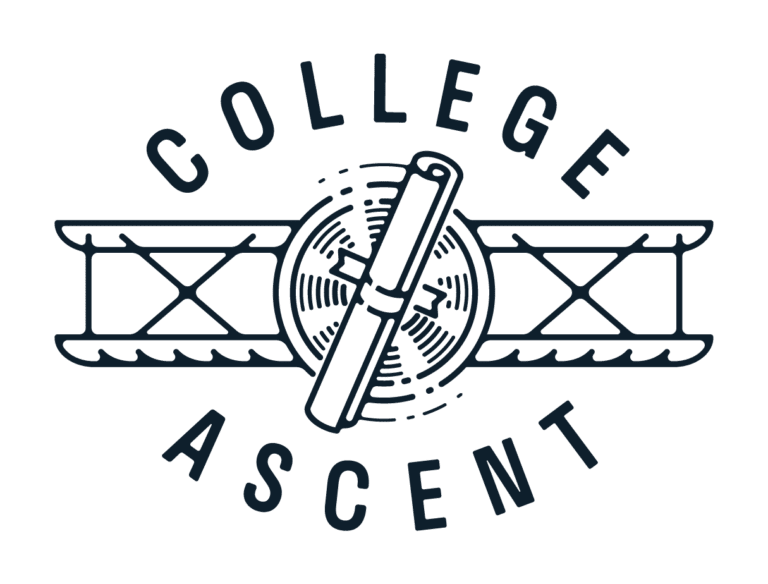In a front-page article last month in the Wall Street Journal, the breakdown of record application numbers told the whole story. Undergraduate first-year applications to highly selective schools and large private universities skyrocketed. Mainly attributed to the test-optional policies adopted by the majority of colleges and universities due to Covid-19, more students applied who assumed they had a better chance of admission under a more holistic review of their applications.
The increase is staggering; UCLA had 28% more applicants over the prior year, NYU up 17%, Dartmouth and Harvard up over 40%. However, a look at the fine print shows that large public universities and small private schools had similar numbers of applications than they have seen in the past. Small public schools actually saw a decrease in applicants from the class of 2021.
“Most people have a limited and misinformed perspective on both college and college admission. They have some exposure but lack the full picture. They rely on personal experience and are so heavily influenced by social media or what they hear and observe in their small circle, that their understanding is narrow…which inevitably leads to poor-decision making.”
– Rick Clark, Georgia Tech Admissions
Would it surprise you to learn that the national college acceptance rate hovers around 60%? Or that over 100 colleges on the US News college list have acceptance rates of 99-100%? And, there are over 5300 colleges and universities in the United States; over 900 of them use the Common App. What do all these numbers mean? It’s time to expand your “world view” when looking for colleges!
My experience with one of my current juniors has been a good lesson in practicing my own advice. Her specific area of study, anthrozoology and animal behavior, is only offered at a limited number of colleges throughout the country. I spent a day researching campus options for her. I did a deep dive into schools that aren’t traditionally popular schools for my Boulder County clientele: Canisius College in Buffalo, Carroll College in Helena, Drury University in Springfield, MO, and many others. Most of these schools meet her campus criteria for size, cost, and campus culture. And, they don’t have 4% acceptance rates! She followed Rick Clark’s advice:
“If you are a junior in high school, your job this spring is to work diligently to see a bigger, more accurate landscape of higher education, broaden your understanding of the amazing choices and options you have, and commit to navigating a unique path through your college admission experience.”
– Rick Clark
Here are a few tips on how to do just that:
Reconsider In-State Schools
There are 62 colleges in Colorado that enroll over 350,000 students. The cost savings from in-state tuition and low travel costs is a real factor to consider. Once you move out of your house and into a dorm room, your experience will be completely new whether you are 20 miles or 2000 miles away from your childhood home.
Take your College List and Expand It
Do you really want to go to school in Boston but only have Boston University and Boston College on your list? Boston has 33 other colleges or universities that may meet your college criteria! Pick a state or a city and look at all the colleges there, not just the ones you’ve heard of.
Remove the Names from your Newly Expanded List
Create a spreadsheet that includes cost, degree program, Fiske data, size, etc. Now, remove the name of the school and shuffle the list. Go back and review it to see what schools rise to the top. Does not knowing the name of a college change your opinion?
Talk to Seniors
Those who applied to a wide range of schools will have more options this spring than students who only applied to “dream schools” or other highly selective schools. Have their perspectives changed now that Decision Day is looming? Did cost and proximity to home impact their decision more than they expected?
Wrapping up…
The Vice Chancellor at the University of Nebraska recently said that you can literally throw a dart at a map of the United States and find a college “where you could get in, meet a friend for life, engage with a professor who would support and encourage you, pick a major that you would enjoy, and plug into a campus community where you could thrive.”
Parents… the best tool in college planning for your juniors might just be a dart!



